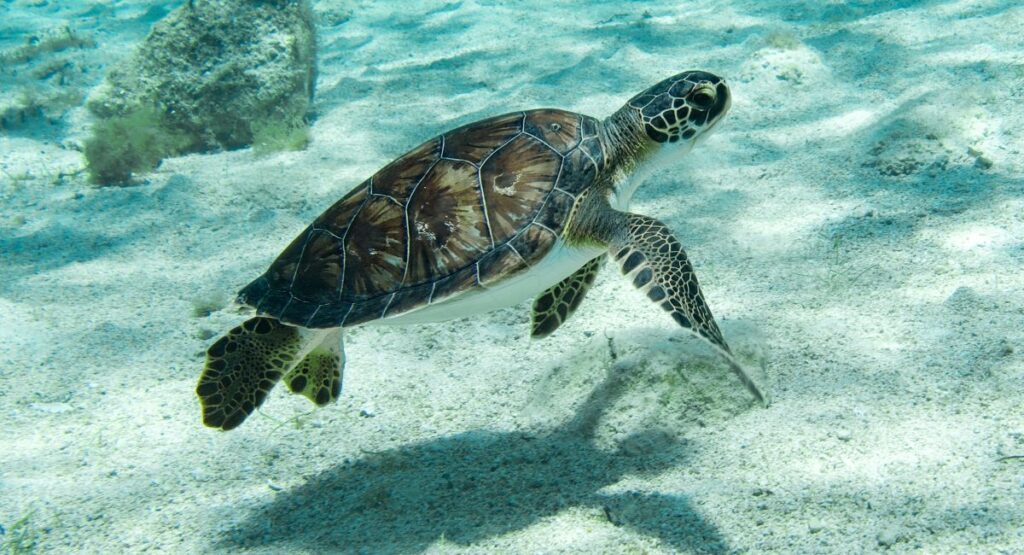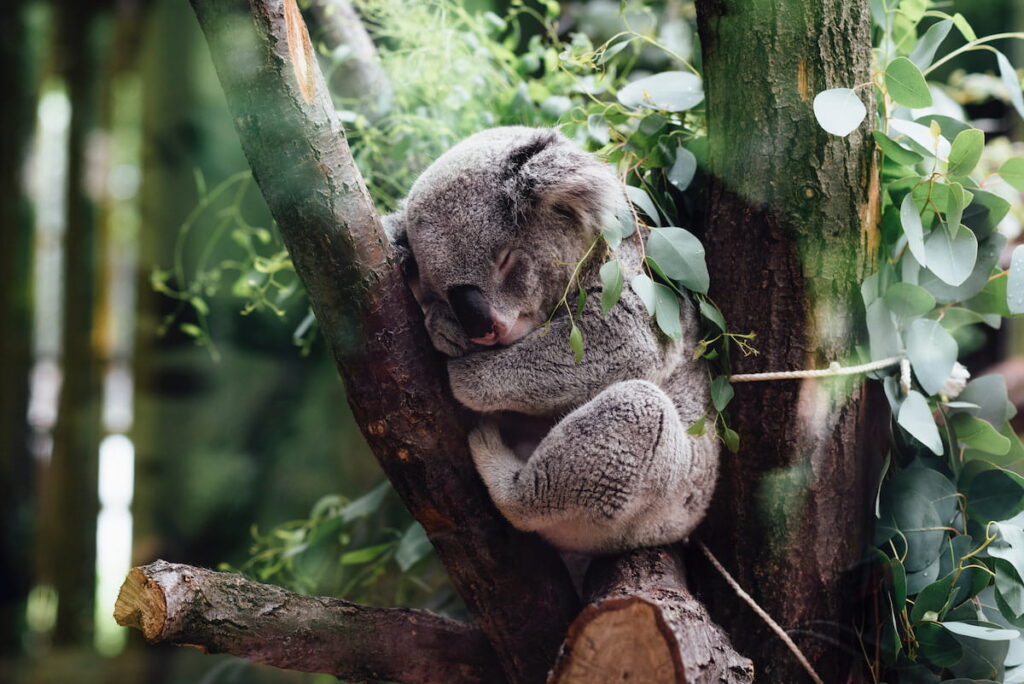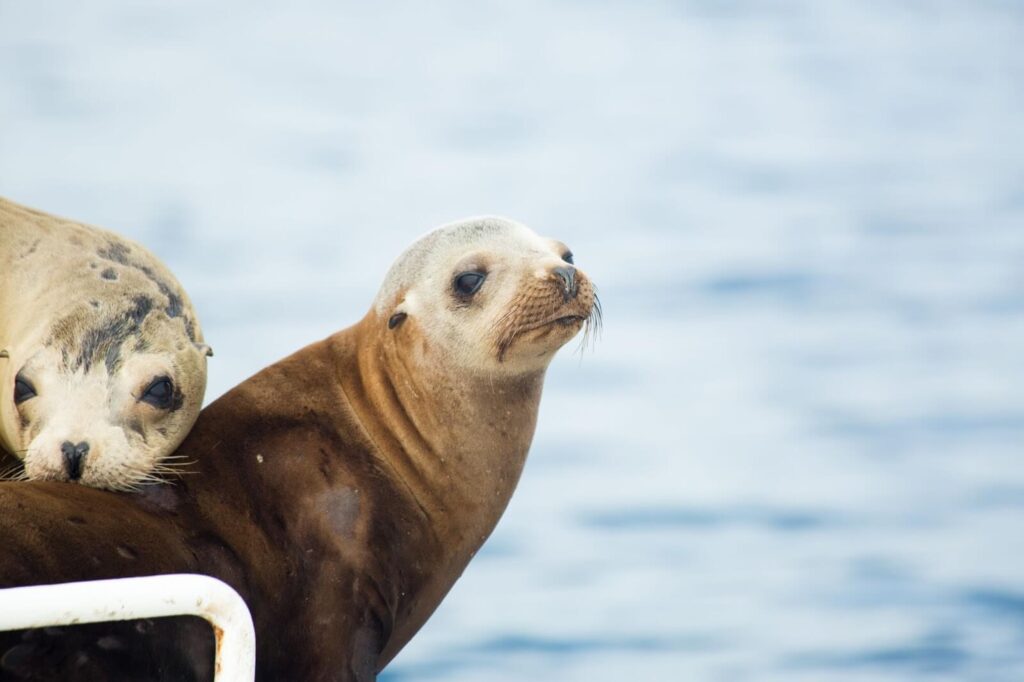Costa Rica’s wildlife is some of the most diverse in the world. With over 500,000 species of animals and plants, Costa Rica is a veritable paradise for nature lovers. While Costa Rican wildlife is home to many familiar animals like monkeys, sloths, and iguanas, there are also plenty of lesser-known creatures that call this Central American country home.
When you want to see some of the animals in their habitats, chances are that when visiting Tamarindo and/or Playa Grande for example – where there is a high chance of seeing wildlife in unfamiliar territory. Whether on your road trip up north hunting waves or exploring trails within beautiful beaches like Limon Bay-, it might be worth checking out what kindies make this beautiful country theirs!
Here are some of the most interesting animals you might encounter on your travels to Tamarindo and its one-of-a-kind Guanacaste wildlife.
Seeing Sloths in Costa Rica
Photo by Javier Mazzeo on Unsplash
The sloth is a slow-moving mammal that spends most of its time high up in the trees. Sloths are known for their shaggy
Sloths are perhaps the most iconic animals in Costa Rica wildlife. These slow-moving creatures are known for their laziness, spending most of their time sleeping in the trees. Sloths are also one of the main reasons why Costa Rica is such a popular destination for eco-tourists
These animals are known for their lazy behavior and their love of sleeping. In fact, sloths sleep for an average of 15 hours a day! However, when they are awake, sloths are very active creatures. They are excellent swimmers and climbers, and they even have their own form of communication, which involves grunting and screaming.
Sloths are an important part of the rainforest ecosystem. They help to disperse seeds and keep the trees healthy. Unfortunately, sloths are threatened by habitat loss and by the pet trade. Many people believe that sloths make good pets because they are so cute and slow-moving. However, this is not the case. Sloths are wild animals that should be respected and left in their natural habitat. You can wild-watching Sloths when visiting Tamarindo, Costa Rica.
Coati-Mundi (Pizote)
Photo by Marisela Lopez on Unsplash
The Coati is a member of the raccoon family and is easily recognizable by its long, ringed tail. These curious creatures are often seen rummaging through trash cans in search of food. They are also known to be quite vocal, making grunting noises when they are happy and growling noises when they are angry. You can wild-watch this animal in many national parks like Palo Verde Park or in Tamarindo’s surroundings!
Monkeys
When Visiting the region of Guanacaste, and places such as Tamarindo or Playa Grande, you’re likely to encounter different types of monkeys like Howler Monkeys, White-faced Capuchin Monkeys, and Spider Monkeys. The best place to see these animals in their natural habitat around but also at the Monkey Sanctuary located just outside of Tamarindo, Costa Rica.
The Sanctuary is a great place to see these animals in their natural habitat and also get an up-close look at some of the monkeys that live there. They provide opportunities for rehabilitation, release back into the wild or onto another property where they can thrive., The nonprofit foundation has made itself available so we don’t have just one option but many options when it comes time to make sure Costa Rica wildlife thrives!
Howler Monkey
Photo by Diane Theresa Hendrick on Unsplash
The howler monkey is one of the most vocal animals in the rainforest. These monkeys are easily recognized by their loud, guttural calls, which can be heard up to three miles away. Howler monkeys are also distinguished by their long facial hair, which they use to attract mates. You’re most likely to see and hear these guys early in the morning as they start their day with a chorus of howls. If you are up to a hike, make sure to try the Tamarindo tree route where you might just catch a glimpse of one of these fascinating animals!
The White-faced Capuchin Monkey
Photo by Linda Roisum on Unsplash
The White-faced Capuchin Monkey is a small monkey that is found in the rainforests of Central and South America. These monkeys are named for their characteristic white face, which is framed by a dark cap of fur. The body of the White-faced Capuchin Monkey is covered in brown or grey fur, and they have a long tail that they use for balance when they are climbing through the trees.
These monkeys are very curious and intelligent, and they are often used in research studies because of their ability to learn new tasks quickly. For example, they have been known to use sticks to dig for termites and stones to crack open nuts. These monkeys are also known for their mischievous behavior, such as stealing food from unsuspecting tourists.
You can watch these animals in the parks near Tamarindo such as Lomas Barbudal or in some of the trails thanks to the Tamarindo wildlife refuge.
The Spider Monkey
The Spider Monkey is a type of monkey that is found in the rainforests of Central and South America. These monkeys are so named because of their long, spider-like limbs. Spider Monkeys are very agile and can swing through the trees with ease.
These monkeys live in large groups of up to 40 individuals. They are very social creatures and spend a lot of time grooming each other as a way of bonding. The Spider Monkey is an endangered species due to habitat loss and hunting.
Caiman & Crocodiles
Photo by Meg Jerrard on Unsplash
There are two types of crocodiles that call Costa Rica home, the American Crocodile (Crocodylus acutus) and the Morelet’s Crocodile (Crocodylus moreletii). These reptiles can grow up to 20 feet in length and weigh over a ton. They are apex predators and can be found in freshwater rivers and lakes throughout Costa Rica. While they are not typically aggressive towards humans, it is still advisable to keep your distance if you encounter one.
The caiman is a member of the crocodilian family that is found in Central and South America. These reptiles can grow up to 10 feet in length and weigh over 500 pounds. Caïmans are shy creatures and are not typically aggressive towards humans. However, they can be dangerous if they feel threatened. If you encounter a caiman, it is best to keep your distance and observe from a safe location.
You might encounter these animals while on a boat tour in the Tamarindo wildlife refuge called Tamarindo estuary or on a river safari tour through one of the many Costa Rican rainforests.
The Blue Morpho Butterfly
Photo by Kaitlin Dowis on Unsplash
The Blue Morpho Butterfly is a large and stunning butterfly that is found in the rainforests of Costa Rica. These butterflies are best known for their iridescent blue wings, which can span up to six inches across. The Blue Morpho Butterfly is actually not blue all the time – the wings only appear blue when they reflect light.
These beautiful creatures can be found flitting through the Guanacaste forest canopy or basking in the sun on leaves. When they are resting with their wings closed, they are brown and blend in perfectly with their surroundings, making them difficult for predators to spot.
Iguana
Photo by Daniel Lloyd Blunk-Fernández on Unsplash
Iguanas are large lizards that can grow up to 6 feet in length. They are vegetarians and prefer to live in trees near water sources. Iguanas are common in Costa Rica wildlife and can be found in many different colours including green, blue, and red.
Green Iguana
The Green Iguana is a giant lizard that is found in the Guanacaste region of Costa Rica and Palo Verde National Park. These lizards can grow up to six feet long and weigh up to 20 pounds.
Green Iguanas are mostly herbivorous, meaning that they eat plants. However, they will also eat small animals if they can catch them. These lizards are excellent swimmers and can hold their breath for up to 30 minutes underwater.
Green Iguanas are considered to be a nuisance by many people because they often damage crops. They are also known to carry diseases that can be harmful to humans, such as salmonella.
The Harpy Eagle
The Harpy Eagle is a large bird of prey that is found in the rainforests of Costa Rica. These birds are best known for their powerful talons and their sharp beaks.
Harpy Eagles hunt alone or in pairs, and they are known to take down animals as large as sloths and monkeys. These birds are mostly vegetarian but will also eat small animals if they can catch them.
Harpy Eagles are considered to be a threatened species due to habitat loss and hunting. These birds are often killed by farmers who mistake them for vultures, which are protected species in Costa Rica. You can spot them in
Large Grasshopper
Photo by Timothy Dykes on Unsplash
The large grasshopper is one of the most interesting insects in Costa Rica. These massive insects can grow up to six inches long and are a bright green colour. They are found all over Costa Rica but are especially common in the rainforest. If you’re lucky enough to see one of these giant grasshoppers, be sure to take a picture without disturbing the animal!
As you can see, there is an abundance of wildlife in Costa Rica, ranging from harmless butterflies to more dangerous animals like harpy eagles. If you’re lucky enough to spot any of these creatures during your stay, be sure to take a picture and enjoy the experience! Just remember to respect the animals and their habitats, and never attempt to capture or harm them in any way.
If you are planning wildlife travels to enjoy some wild watching for your next vacation to Costa Rica, consider renting a vacation rental in Tamarindo. Tamarindo is one of the most popular tourist destinations in Costa Rica, boasting spectacular beaches, a wide variety of activities, and amazing food.
Renting a vacation rental is better for the environment because it doesn’t require new buildings. Furthermore, many of these are eco-friendly and can help preserve wildlife while you enjoy your trip! We recommend you check out these listings of private homes. You can now maximize your time in Tamarindo Costa Rica by minimizing travel costs! Their listings are close to popular animal hot spots. These places will save you from having an inefficient journey so that when it’s finally wildlife watching day.



